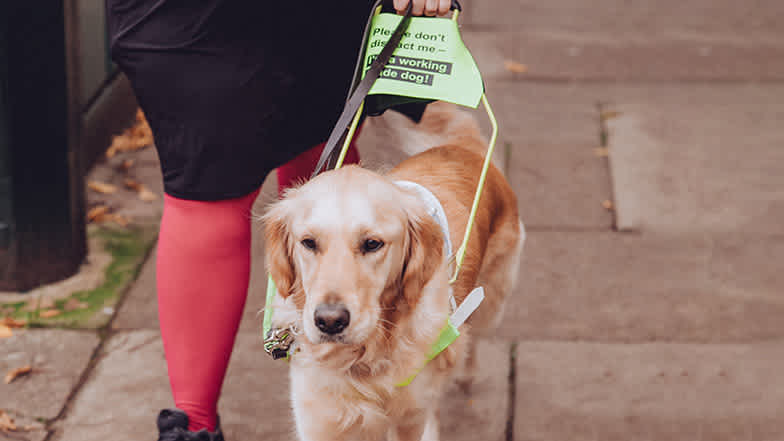New research shows that over half (55%) of guide dog owners say members of the public distract their dogs at least once a day, despite the danger it poses to the owner and dog. Additionally, more than two-thirds (68%) said they have changed their plans or restricted visits to certain places to avoid distractions from the public.
According to further research by Guide Dogs, one in five members of the public (21%) admit they have stopped and distracted a guide dog while it was working, while 34% confessed they’d been tempted to.
Distracting a dog can come in many forms with guide dog owners reporting common issues such as petting, whistling, taking pictures and offering food or treats.
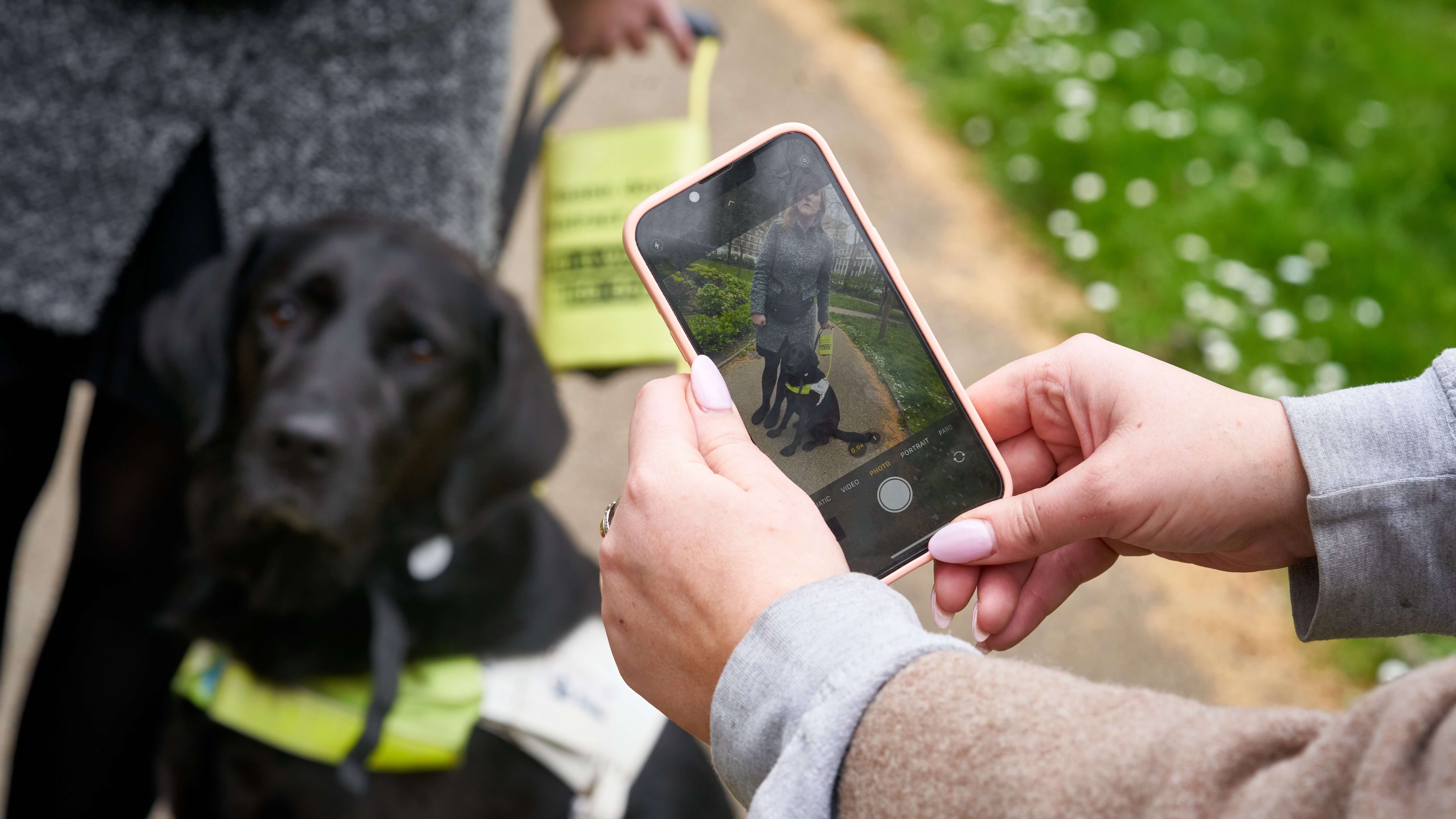
Of those surveyed, over half (56%) agreed that they would never do anything to distract a working professional such as a doctor or fire officer; however, almost one in six (14%) Brits admit that they don’t consider a guide dog a working professional.
In response to the mounting issue, this International Guide Dog Day, Wednesday 26th April, Guide Dogs has created a series of subverted images that feature uniformed professionals, such as a paramedic and construction worker, being distracted in the same way that guide dogs are daily. The striking photos hope to highlight the disparity between how guide dogs and other working professionals are treated. The campaign forms part of our ‘Don’t Dive on the Dog’ initiative, which aims to encourage the public to treat guide dogs with the same respect and professionalism as any other working professional.
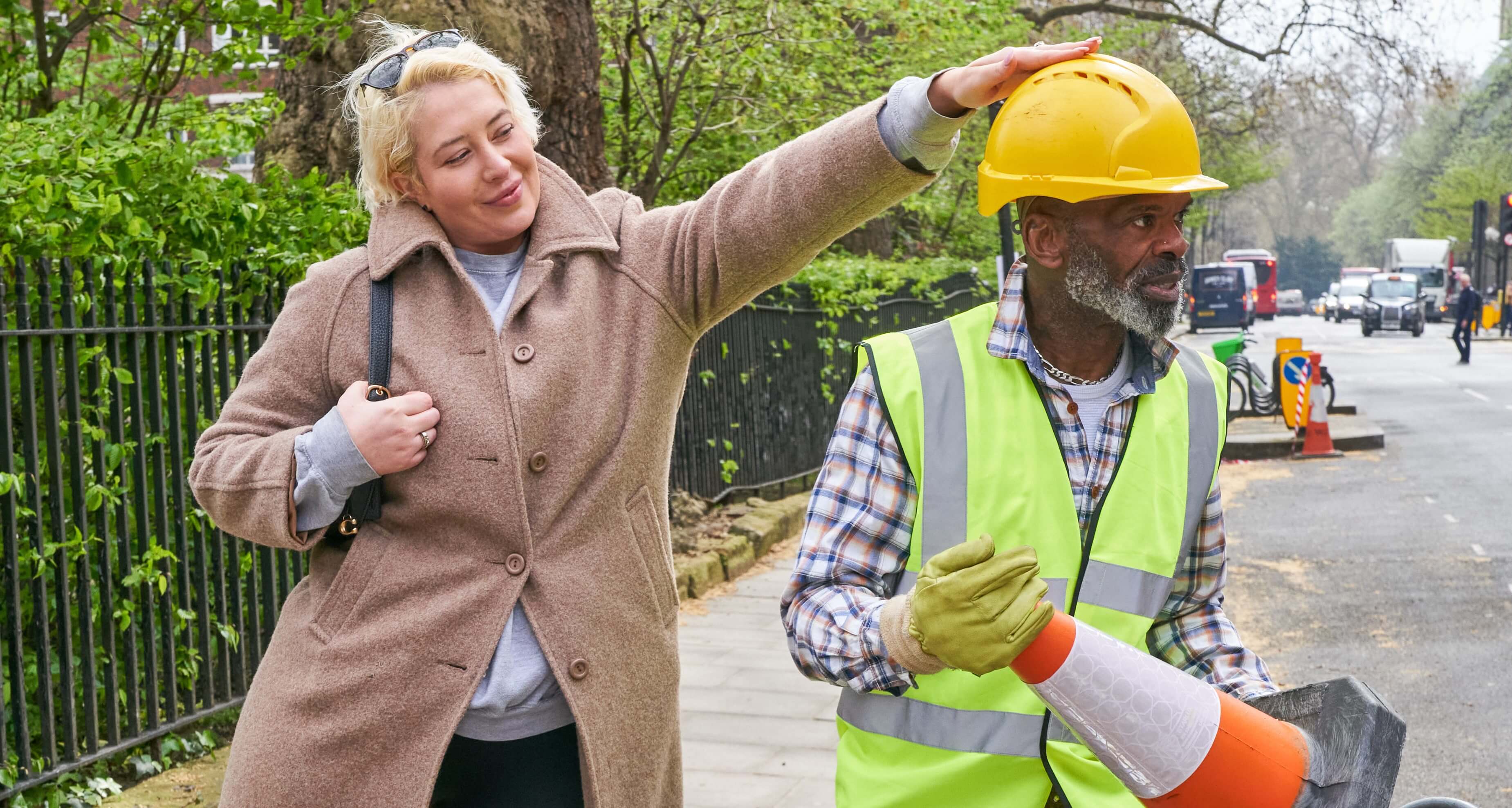
Those that admitted to distracting guide dogs were asked why, with the most common reasons found to be that they were impressed by their intelligence to carry out their work (44%), while over a third (37%) thought the dog was cute.
Some misconceptions fuel these distractions. Despite 92% of Brits believing that it’s dangerous to distract a working dog, nearly three in ten (27%) think it’s okay if the guide dog is having a break, while a quarter (24%) claim that guide dogs deserve a pet and a fuss from the public because they work hard and deserve attention, and 20% think it’s okay to pet a guide dog if the owner is sat down.
Lindsey Moore, 51, from Leeds has been partnered with 3-year-old yellow lab x retriever guide dog Iris, since 2022, and has faced regular interference when they are out together.
Lindsey shared, “When I am walking down the street, people will make funny noises at Iris or try and call her over. Sometimes she’ll be patted on the head when I’m crossing the road, which makes me nervous as we both really need to concentrate then.
“The worst experience was when I was trying to get down the stairwell at a busy concert, and people kept reaching out to stroke her as we tried to get past. On other occasions, I have even had people grab her lead or harness, when they are trying to be helpful and give me directions, which is really difficult to deal with. I’m a singer and part of a local singing group, where everyone understands how Iris supports me, and they are really good with her. But out in public, there seems just to be a lack of education about working guide dogs.”
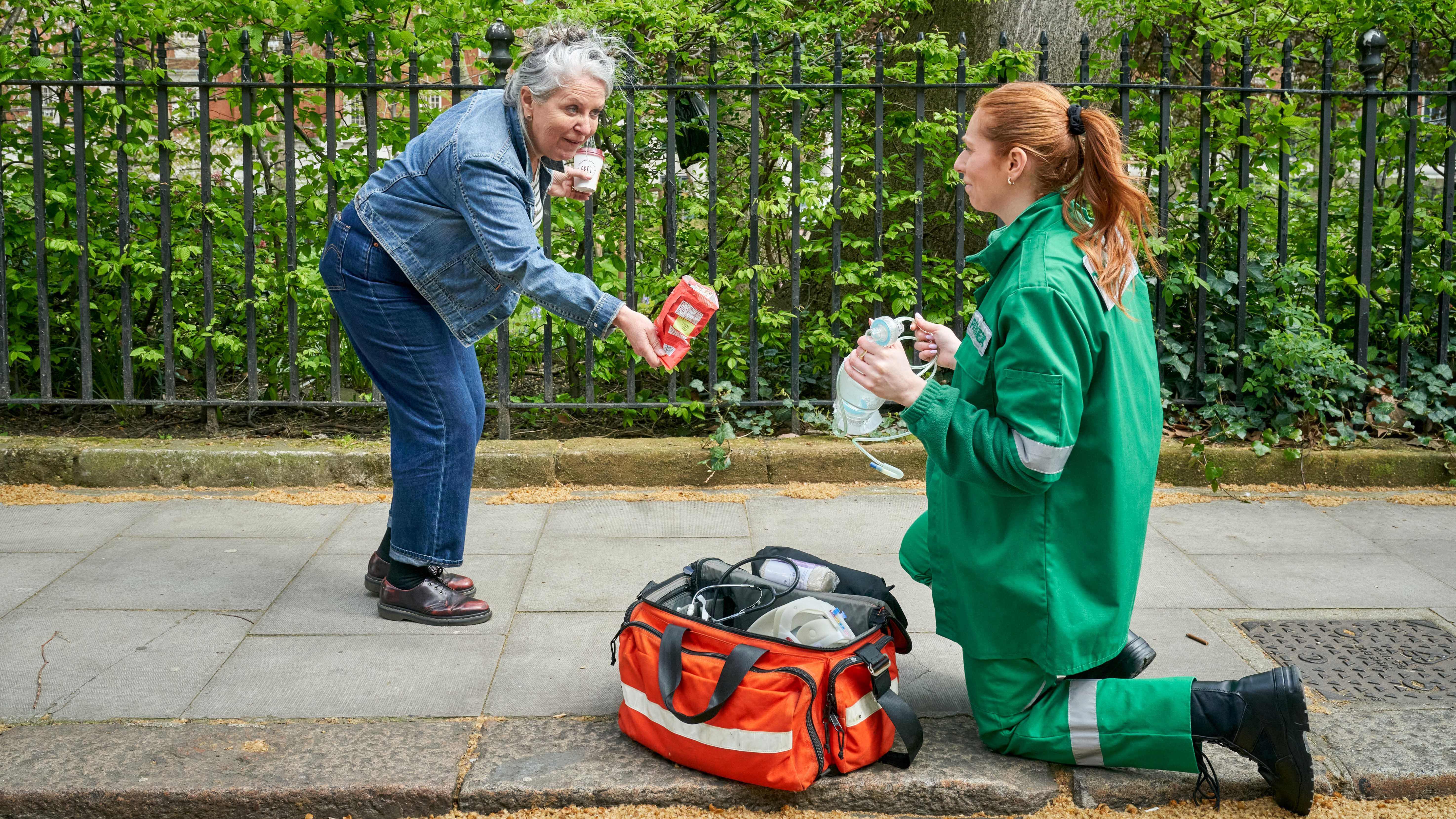
After learning about what is right and wrong when wanting to approach a guide dog, over four in five (86%) agree that more should be done to educate people not to interact with working dogs such as guide dogs, and 82% said they’d avoid interacting with a working guide dog in the future.
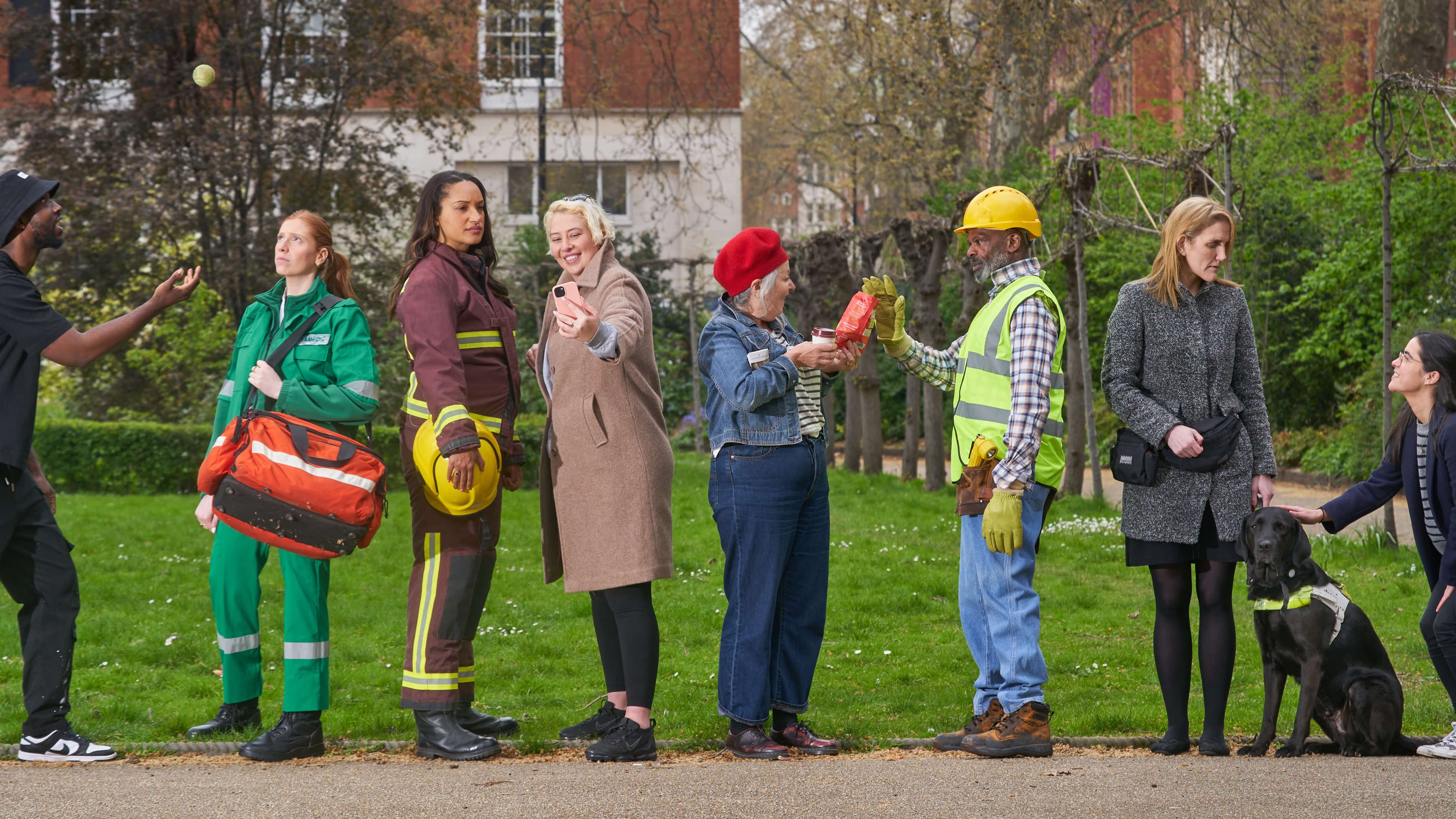
Tim Stafford, Director of Canine Affairs at Guide Dogs, says; “Guide dogs are working professionals who play an essential role in providing independence to people with sight loss. We kindly ask the public to respect guide dogs' jobs by refraining from petting, talking to, or distracting them while on duty, whether the guide dog is walking somewhere or quietly settled with their owner. Our guide dogs need to focus on guiding their handlers safely and confidently. By treating them with the same courtesy as you would any other uniformed worker, you help enable guide dog owners to live their lives freely and without disruption.”

